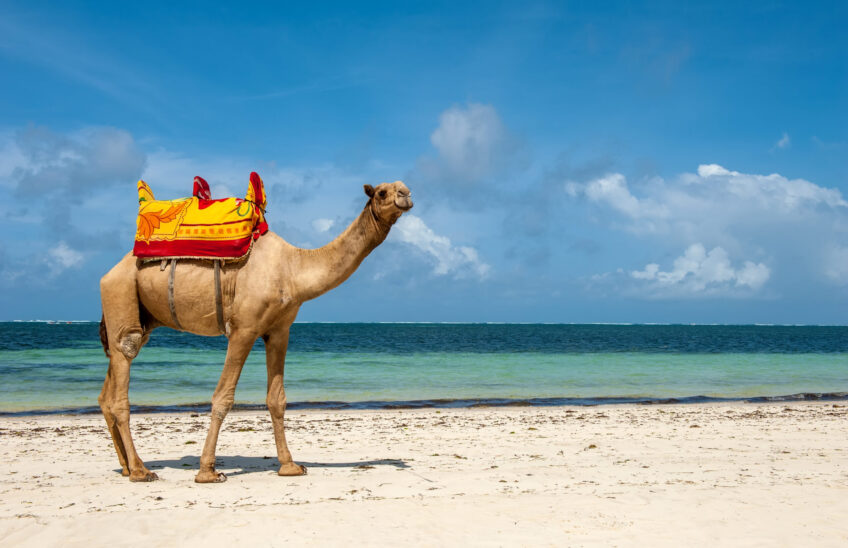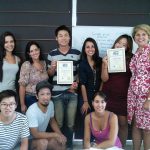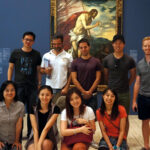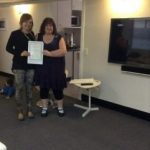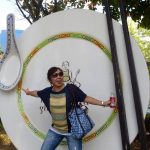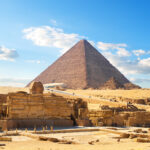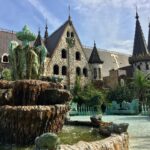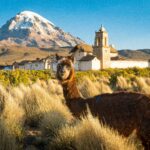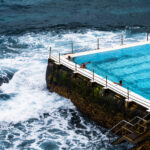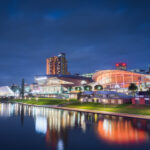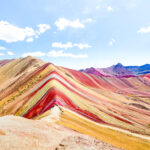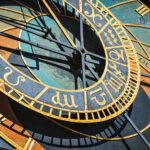Teach English in Morocco
Are you seeking an enriching and transformative teaching experience? Look no further than Morocco! Teaching English in Morocco offers a unique opportunity to make a lasting impact while immersing yourself in the vibrant culture and breathtaking landscapes of this captivating North African country. With a growing demand for English language skills, the chance to foster cross-cultural understanding, and the personal and professional growth that comes from teaching abroad, Morocco is an ideal destination for educators looking to make a difference and embark on an unforgettable adventure.
English is becoming increasingly important in Morocco, particularly in sectors such as tourism, hospitality, international business, and education. As Morocco continues to attract global investments and strengthen its position as a regional hub, the demand for English-speaking professionals is rapidly growing. By teaching English in Morocco, you can contribute to fulfilling this demand and help students develop essential language skills for their future careers.
Popular Cities
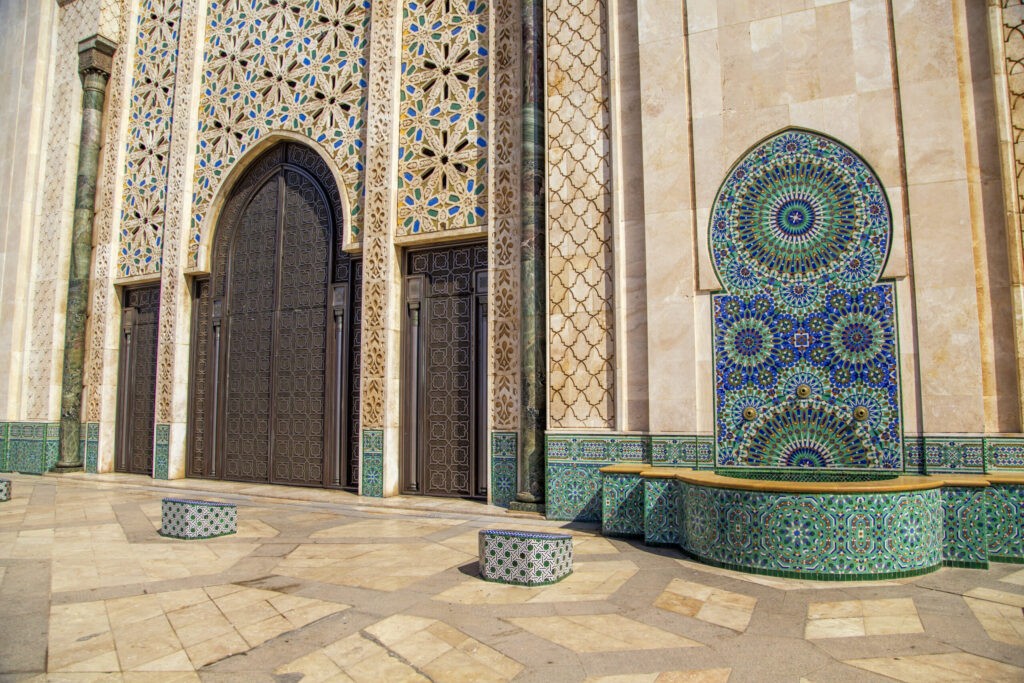
The Hassan II Mosque in Casablanca
Casablanca
Casablanca is Morocco’s largest city and a bustling economic and commercial hub. It is known for its modern architecture, vibrant nightlife, and cosmopolitan atmosphere. This cosmopolitan city of Morocco, is a captivating destination that beautifully combines modernity with a touch of Moroccan charm. Known for its iconic architecture, bustling markets, and coastal allure, Casablanca offers a diverse range of experiences. Here are five things you can do while visiting this enchanting city:
- Explore the Hassan II Mosque: Begin your Casablanca journey with a visit to the magnificent Hassan II Mosque, one of the world’s largest mosques. Marvel at its intricate architecture, including the stunning minaret towering over the Atlantic Ocean.
- Wander through the Old Medina: Immerse yourself in the vibrant atmosphere of Casablanca’s Old Medina. Navigate through its labyrinthine streets, filled with colorful shops, aromatic spices, and local craftsmanship. Explore the bustling markets, known as souks, where you can haggle for traditional textiles, ceramics, and handicrafts.
- Visit the Art Deco District: Casablanca boasts an impressive Art Deco architectural heritage. Take a stroll through the Art Deco District, centered around the Boulevard Mohammed V. Admire the elegant facades of the buildings, which reflect the city’s colonial past.
- Experience the Corniche: Enjoy the refreshing coastal vibes of Casablanca by spending time along the Corniche, a scenic promenade that stretches along the Atlantic coast. Take a leisurely walk along the palm-lined boulevard, soak up the sun on the sandy beaches, or relax at one of the many beachfront cafes. Indulge in seafood delicacies at one of the seaside restaurants while enjoying panoramic views of the ocean.
- Visit the Casablanca Cathedral: Also known as the Sacré-Cœur Cathedral. Located in the city center, this stunning cathedral stands as a symbol of Casablanca’s colonial past. Built in the early 20th century, it showcases exquisite neo-Gothic architecture and intricate stained glass windows.

Couple visiting Jamaa el-Fna market Marrakech, Morocco
Marrakech
The vibrant “Red City” of Morocco, is a captivating destination that immerses visitors in a sensory tapestry of sights, sounds, and scents. From bustling souks to magnificent palaces, Marrakech offers a wealth of experiences that showcase its rich history and culture. Here are five things to see and do while visiting Marrakech:
- Explore the Medina: Begin your Marrakech adventure by getting lost in the maze-like streets of the historic Medina. Roam through the bustling souks, where you can bargain for traditional Moroccan crafts, spices, textiles, and more. Don’t miss Jemaa el-Fnaa, the lively main square, where you can witness snake charmers, street performers, and food stalls serving local delicacies.
- Visit the Bahia Palace: Step into the opulent world of Moroccan architecture by visiting the Bahia Palace. Admire the intricate tile work, colorful mosaics, and beautifully carved cedar ceilings as you wander through the palace’s stunning gardens and luxurious rooms.
- Wander through the Jardin Majorelle: Find tranquility amidst the bustling city at the Jardin Majorelle, a breathtaking garden oasis. Designed by French painter Jacques Majorelle, the garden features vibrant blue buildings, exotic plants, and tranquil pools.
- Visit the Koutoubia Mosque: Marvel at the architectural masterpiece of the Koutoubia Mosque, an iconic symbol of Marrakech. Admire its towering minaret, which stands as a landmark visible from various parts of the city.
- Experience a Hammam and Spa: Indulge in a traditional Moroccan spa experience by visiting a hammam. These steam baths offer a rejuvenating and culturally immersive experience. Enjoy a soothing massage, relax in the steam-filled room, and allow yourself to be pampered with traditional treatments such as exfoliating scrubs and aromatic massages.
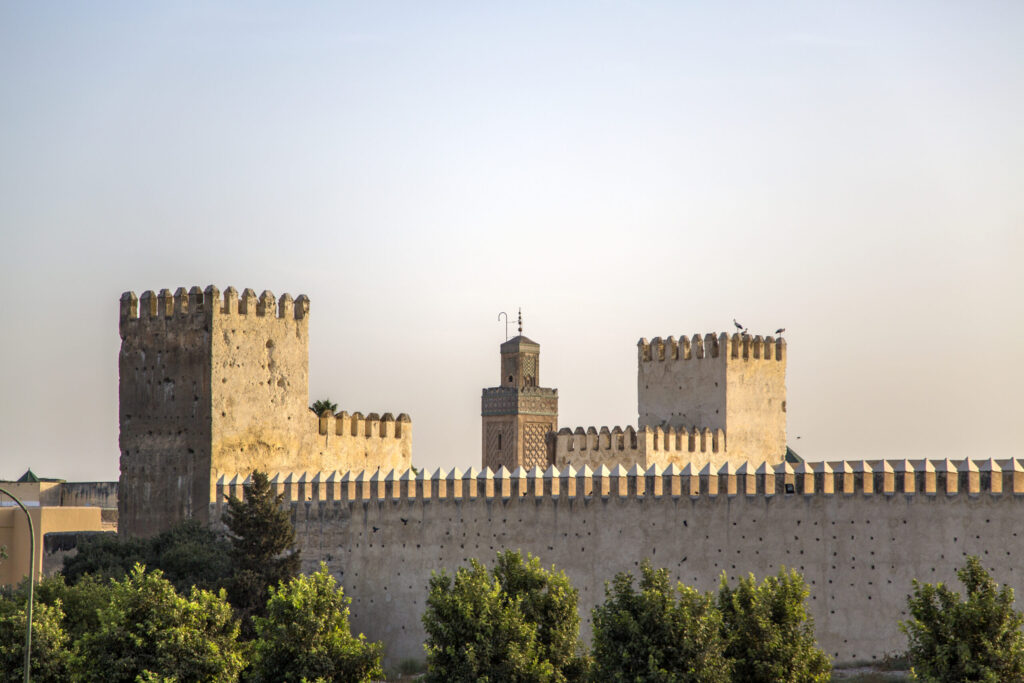
Old city walls in Fes, Morocco
Fes
Fes is Morocco’s oldest imperial city and a UNESCO World Heritage site. It is renowned for its well-preserved medieval medina, known as Fes el-Bali, which offers a step back in time with its labyrinthine streets, ancient mosques, and bustling markets. Fes is famous for its traditional craftsmanship, particularly in leatherwork and ceramics and captivating architecture. Here are five things to see and do while visiting Fes:
- Explore the Fes el-Bali Medina: Begin your Fes adventure by exploring the UNESCO-listed Fes el-Bali, one of the world’s largest and oldest medieval medinas. Get lost in its narrow, winding streets, lined with bustling markets, known as souks, and traditional workshops.
- Visit the Bou Inania Madrasa: Step inside the Bou Inania Madrasa, a beautifully preserved 14th-century theological college. Marvel at the intricate tilework, stucco carvings, and serene courtyard adorned with fountains.
- Wander through the Chouara Tannery: Experience the fascinating art of leathermaking at the Chouara Tannery. Located in the heart of the Medina, this historic tannery offers a glimpse into the traditional process of dyeing and treating animal hides.
- Visit the Dar Batha Museum: Immerse yourself in Fes’ artistic heritage by visiting the Dar Batha Museum. Housed in a beautiful Hispano-Moorish palace, the museum displays a diverse collection of Moroccan arts and crafts, including ceramics, textiles, woodwork, and jewelry.
- Enjoy the Andalusian Gardens: Take a break from the bustling Medina and retreat to the peaceful Andalusian Gardens, located near the Royal Palace. Stroll along the serene pathways lined with colorful flowers, citrus trees, and fountains.
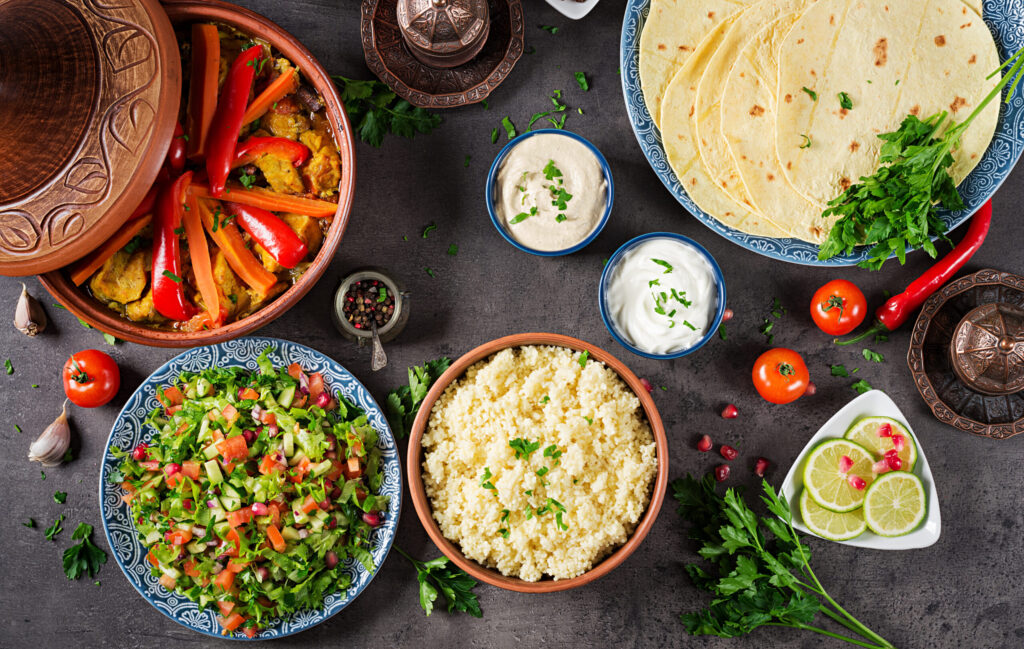
Traditional chicken Tagine dish with couscous, fresh salad and vegetables.
Food
Moroccan cuisine is a tantalizing fusion of flavors, spices, and cultural influences. From aromatic tagines to vibrant couscous dishes, Moroccan food is known for its bold and exotic combinations. Moroccan food is a culinary adventure that will leave your taste buds delighted and your senses captivated. Here are five examples of delicious Moroccan dishes:
- Tagine: Tagine is both the name of the dish and the distinctive cone-shaped clay pot it’s cooked in. This slow-cooked stew typically combines tender meat (such as chicken, lamb, or beef) with an array of vegetables, aromatic spices like cumin, turmeric, and saffron, and sometimes dried fruits like apricots or prunes.
- Couscous: Couscous is a staple in Moroccan cuisine and is a beloved dish enjoyed throughout the country. It consists of tiny grains made from semolina that are steamed to fluffy perfection. It is typically served with a savory stew made from meat (such as lamb or chicken), vegetables, and a medley of aromatic spices.
- Pastilla: Pastilla is a unique and indulgent Moroccan delicacy. This savory-sweet pastry is filled with layers of flaky pastry, succulent shredded chicken or pigeon meat, and a mixture of almonds, spices, and aromatic herbs. It is traditionally dusted with powdered sugar and cinnamon, giving it a delightful balance of flavors.
- Harira: Harira is a hearty and comforting soup that is commonly enjoyed during Ramadan and other festive occasions. It is made with a tomato and lentil base, combined with aromatic spices such as ginger, turmeric, and cinnamon. Harira often includes tender chunks of lamb or beef, chickpeas, and fresh herbs.
- Moroccan Mint Tea: Moroccan mint tea holds a special place in Moroccan culture and is an integral part of Moroccan cuisine. It is a refreshing and aromatic beverage made with green tea, fresh mint leaves, and a generous amount of sugar. It is a symbol of hospitality and is enjoyed throughout the day, often accompanied by pastries or nuts.
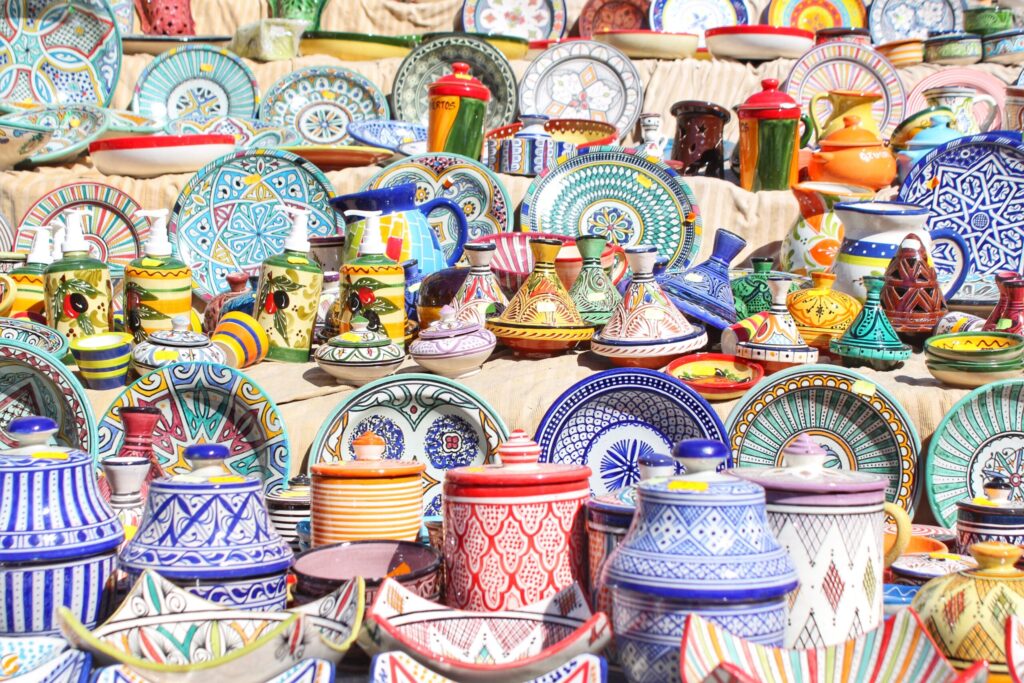
Colourful Moroccan Crockery
Culture
The Moroccan people are known for their warm hospitality, rich cultural traditions, and diverse heritage. The country’s unique geographic location, situated at the crossroads of Africa, Europe, and the Middle East, has shaped a vibrant and multicultural society. Here is an overview of Moroccan people and their culture:
- Diversity and Ethnicity: The Moroccan population is a blend of various ethnic groups, including Arab, Amazigh (Berber), and Sahrawi. Each group contributes to the cultural fabric of the country, preserving their distinct traditions and languages. The Amazigh people, in particular, have a strong presence in Morocco, with their unique customs and dialects still celebrated and practiced in different regions.
- Language: Arabic is the official language of Morocco, and most Moroccans speak Darija, a dialect of Arabic infused with Amazigh and French influences. Amazigh languages, such as Tamazight, are also spoken in certain regions. French, due to Morocco’s colonial history, is widely understood and used in business, education, and government.
- Arts and Crafts: Moroccan culture is celebrated for its vibrant arts and crafts scene. Skilled artisans create intricate pottery, colorful textiles, intricate woodwork, and beautiful metalwork. The medinas of cities like Marrakech and Fes are treasure troves for traditional crafts, where you can find bustling markets filled with handmade goods and artisan workshops.
- Festivals and Celebrations: Moroccans enjoy a rich calendar of cultural and religious festivals that showcase their heritage. The most important Islamic holidays, such as Eid al-Fitr and Eid al-Adha, are celebrated with prayers, feasts, and family gatherings. Additionally, cultural festivals like the Gnaoua World Music Festival in Essaouira and the Fes Festival of World Sacred Music attract both locals and international visitors, showcasing Morocco’s diverse artistic traditions.
- Traditional Clothing: Traditional Moroccan attire reflects the country’s cultural diversity. The djellaba, a loose, hooded robe, is a common garment worn by both men and women. The Berber community, especially in rural areas, preserves its distinctive dress, which includes colorful, embroidered garments and head coverings.
Qualifications
You will need an internationally recognised TESOL Certificate and a bachelor’s degree to teach English in Morocco.
Visa
To work as an English teacher in Morocco, you will need to have a valid work visa. Most schools will help you obtain the correct visa and guide you through the process with visa assistance. Some students will originally enter on a 3-month holiday visa. The process of obtaining a work visa can vary depending on your country of origin, but generally, you will need to provide proof of your qualifications, a valid passport, and a criminal background check. It is important to check the specific requirements for each country and your language school for up-to-date advice.
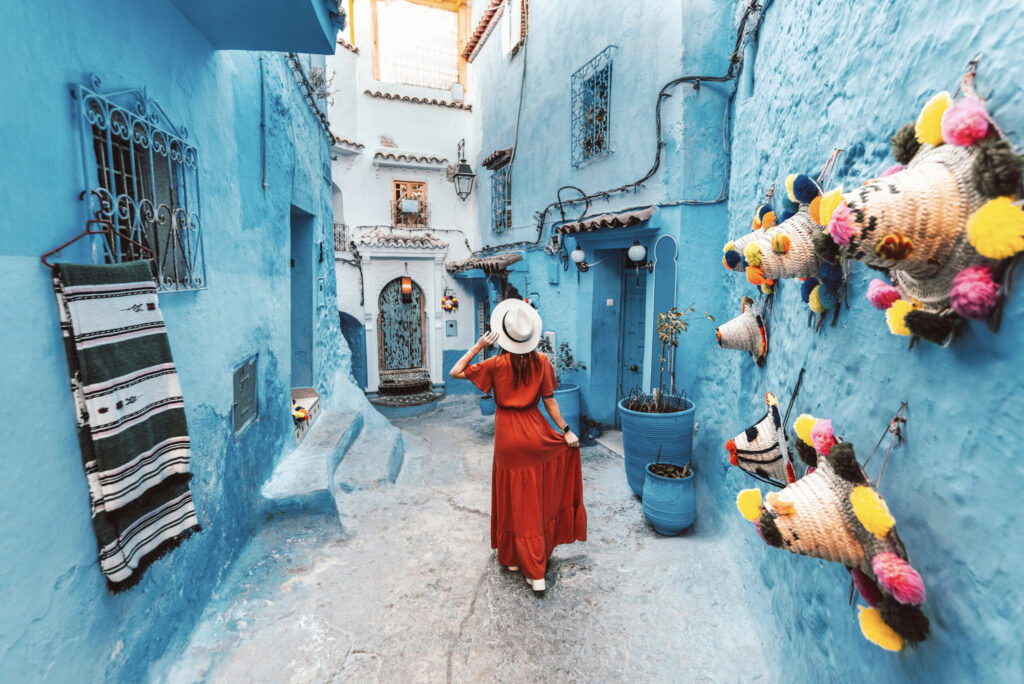
The Blue City of Chefchaouen, Morocco
Get Started!
Enrol in a TESOL course and travel to Morocco for a great opportunity to experience a rich cultural heritage, learn about a diverse society, and improve your teaching skills. With a high demand for English as a Second Language, opportunities for ESL teachers are abundant, and the cost of living is relatively low. Moroccan people are known for their warm hospitality, which is deeply rooted in their cultural values, making it a welcoming and enjoyable experience for those who choose to teach English in Morocco.


